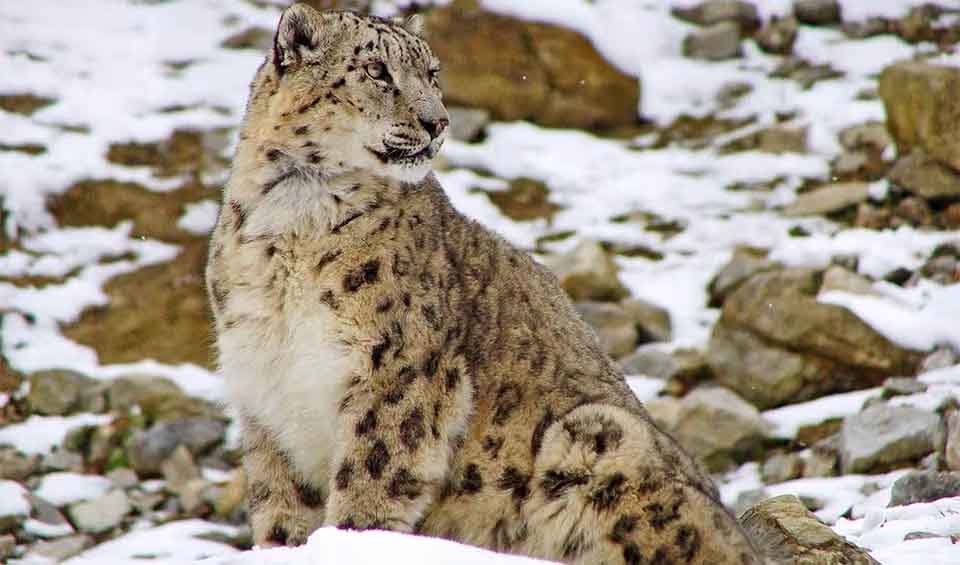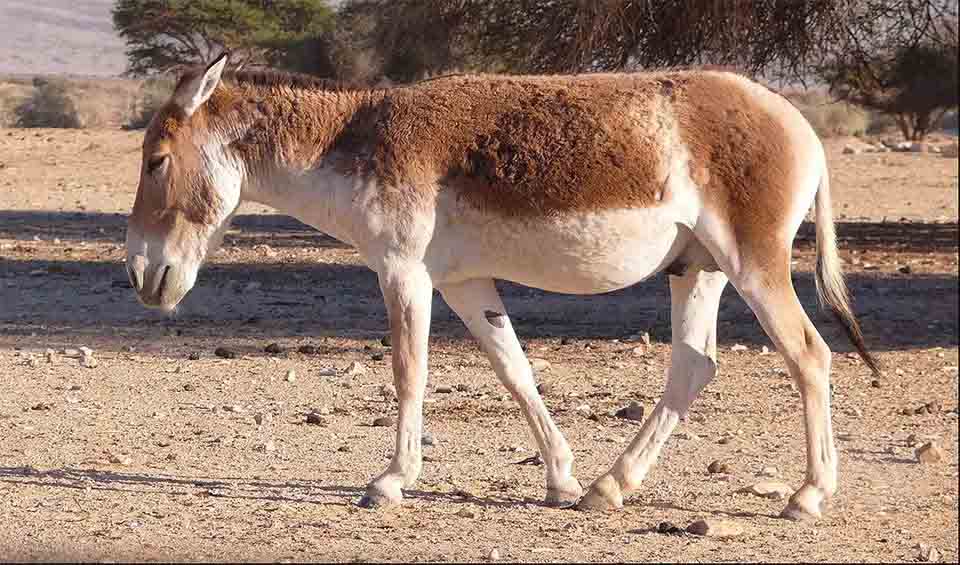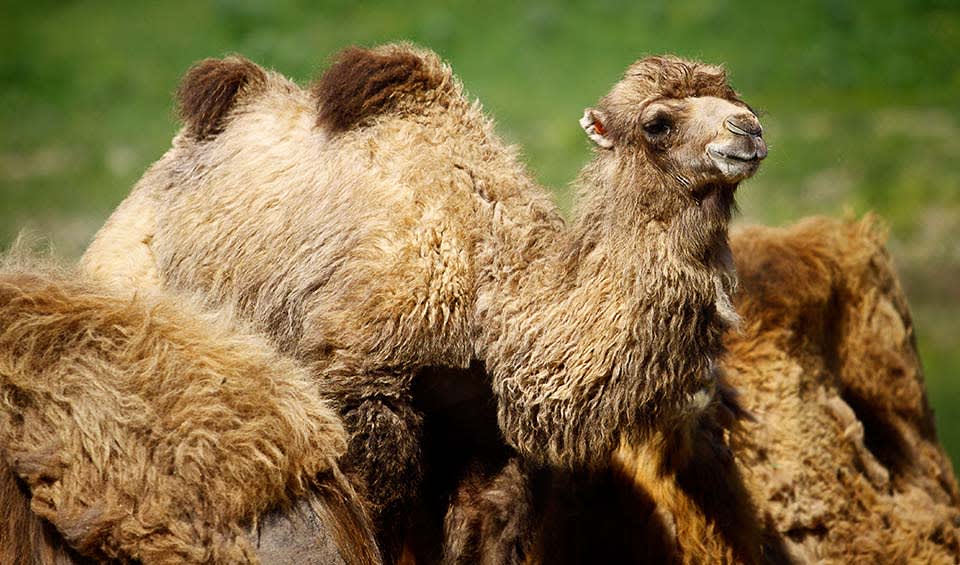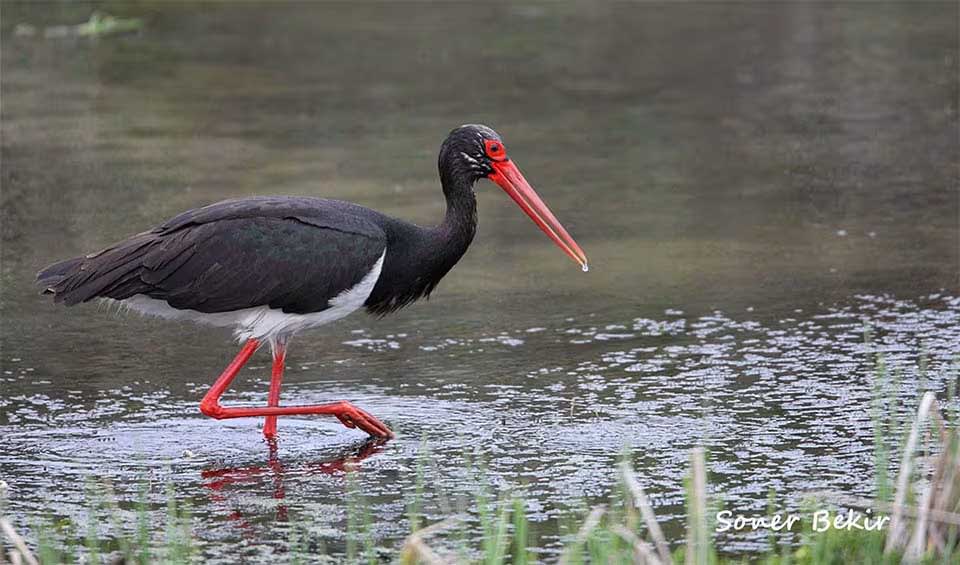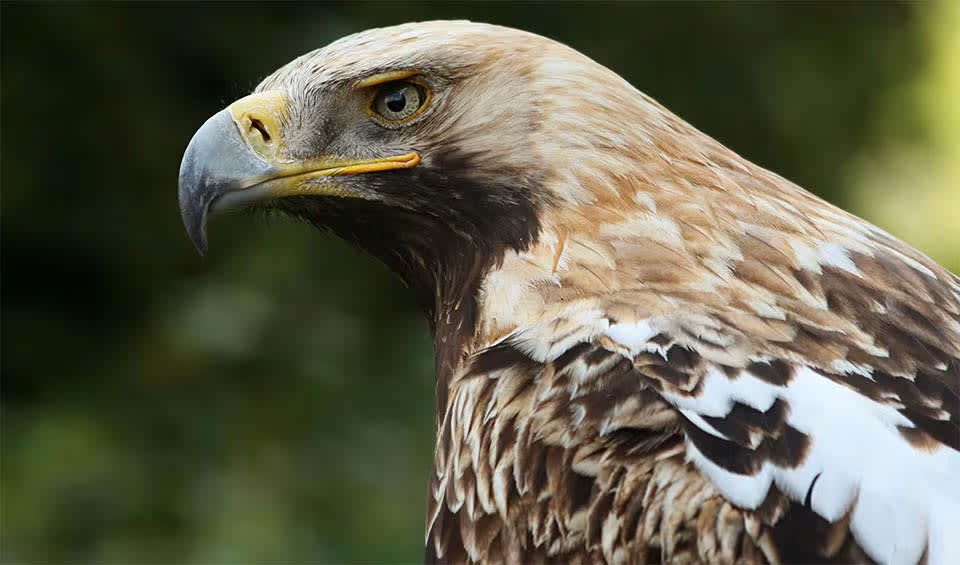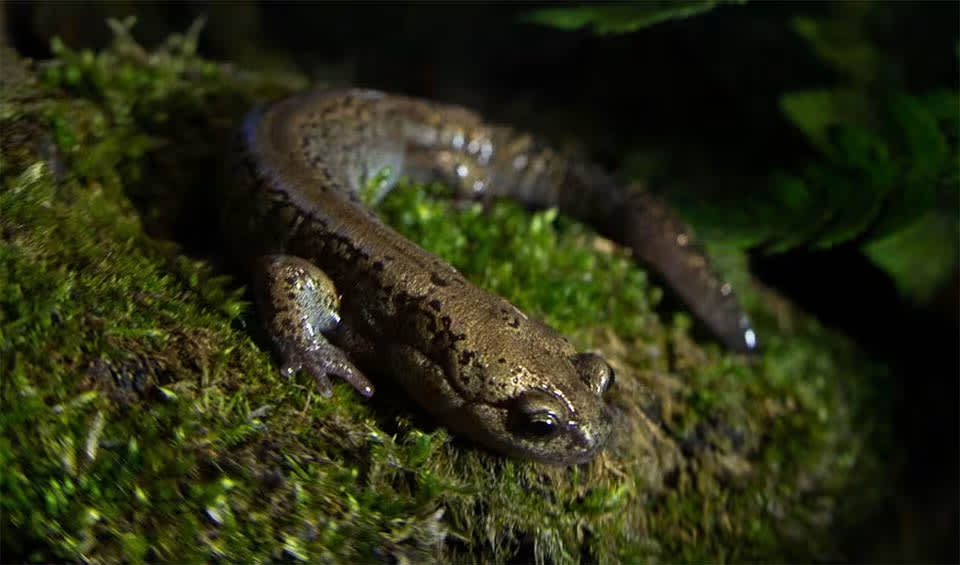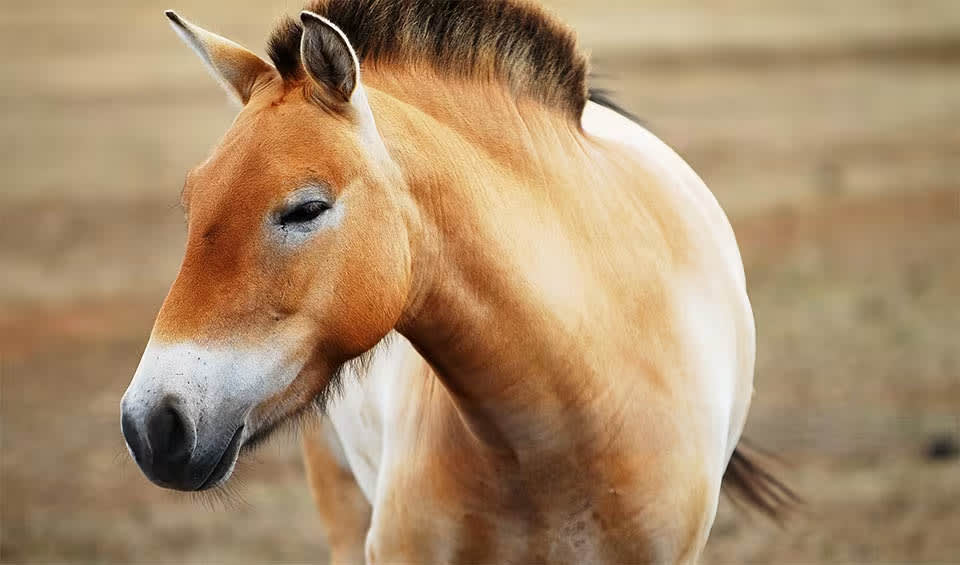Mongolia’s landscape stretches from the Siberian taiga through the Central Asian dry steppes to the deserts, hosting unique and fragile biodiversity due to its transitional ecosystems and severe continental climate. The practice of pastoral livestock husbandry is intricately adapted to these varied seasonal climatic and geographical conditions, playing a crucial role in maintaining this biodiversity.
Mongolia is characterized by a variety of natural regions including the high mountain alpine belt, mountain taiga belt, mountain forest steppe, rolling steppe, and the semi-desert and desert zones. Remarkably, 98.4% of Mongolia’s territory remains pristine and largely unaffected by human activity, a fact that can be attributed to the country’s sparse population and minimal industrial activity.
Four pillars elaborated:
Mongolia features an extensive network of protected areas that spans over 17% of the country, housing a wide range of ecosystems such as steppes, mountains, deserts, and wetlands. These areas are crucial for preserving a diverse array of plant and animal life. The protected zones in Mongolia are classified into several types, including strictly protected areas, national parks, nature reserves, and monuments, and are managed through various governance structures, with some under government oversight and others controlled by local communities. Land Management
Land Management
In 2020, the Mongolian Parliament endorsed the creation of 10 new protected areas, thereby enlarging this network and enhancing conservation measures. These newly established areas cover different ecosystems and are poised to make significant contributions to the protection of biodiversity.
The biodiversity in Mongolia faces significant threats from climate change, water scarcity, changes in land use, and the ensuing spread of desertification. These factors particularly threaten the steppe ecosystems, potentially reducing their size due to increasing drought conditions. Human activities such as overgrazing, mining, and illegal plant collection predominantly affect the vegetation in the Gobi Desert, leading to habitat fragmentation for many plant species. This fragmentation is further exacerbated by climate change. In the Mongolian grasslands, reductions in wildlife populations are often viewed as natural occurrences. Threats to Biodiversity
Threats to Biodiversity
However, the rapid expansion of mining activities has not been accompanied by necessary environmental restoration, leading to further negative impacts on the ecosystems. Pollution from both large and small-scale gold mining and urban sources affects Mongolia’s rivers, endangering fish species by contaminating their spawning grounds and leading to issues like sedimentation that can cover fish eggs. Overfishing and illegal fishing pose significant threats to fish diversity. Bird diversity is also at risk due to overgrazing, illegal logging, fires, hunting, and trapping. Additionally, the use of rodenticides to control vole populations has inadvertently poisoned birds of prey and other critical species, such as cranes, compounding the environmental challenges faced by the country.
Mongolia has established a robust legal framework for biodiversity conservation, incorporating a variety of laws including the Law on Environmental Impact Assessment, Environmental Protection, Fauna, Hunting, Mineral Resources, and others. Significant amendments have been made to these laws over the years to enhance environmental protection, such as the requirement for mining and extractive industries to implement environmental protection plans and conduct restoration. These changes have led to updated environmental and restoration standards in mining since 2008. Capacity and Governance
Capacity and Governance
Additionally, Mongolia has integrated biodiversity concerns into various sectors such as tourism, development, and agriculture, refining policies to better protect special areas and align with the Millennium Development Goals. For instance, the Tourism Development Strategy (2007-2011) and the Agricultural Sector Development Policy (2003-2015) have been instrumental in promoting sustainable practices and increasing local agricultural production while managing environmental impact.
Mongolia’s Biodiversity Conservation Action Plan sets forth a series of strategies to preserve the nation’s rich biodiversity, with a particular focus on endangered and threatened species. The plan seeks to ensure the sustainable use of natural resources and safeguard Mongolia’s distinctive cultural heritage for coming generations. An ongoing collaborative effort involves government agencies, NGOs, and local communities in implementing conservation measures aimed at protecting Mongolia’s diverse plant and animal life, which are under threat from climate change and human activities. Future Trends
Future Trends
Progress is being made towards Mongolia’s objective of protecting 30% of its territory by identifying key biodiversity hotspots and establishing conservation practices. Additionally, the country’s Land Management Master Plan for 2030 aims to introduce 131 new protected areas.
Biodiversity
Mongolia is celebrated for its diverse wildlife, which plays a significant role in the country’s rich biodiversity. Home to numerous mammal and bird species, Mongolia serves as a paradise for nature lovers and wildlife researchers. A key feature of its wildlife includes serving as a crucial stopover and breeding ground for various migratory bird species. Several major global migratory routes traverse Mongolia, providing vital resting and feeding spots for these impressive avian travelers.Beyond birds, Mongolia also hosts unique mammal species, including the native Przewalski’s horse. This iconic species, once on the brink of extinction, was successfully reintroduced to the wild in the early 1990s.
In the table below are the number of known species in several main groups, how many of these species are Threatened with extinction, and how many of them are Endemic (unique to Mongolia only):
| Species (World rank) |
Threatened | % Threatened | Endemic | % Endemic | |
|---|---|---|---|---|---|
| Mammals | 148 (#79) | 11 | 7.4% | 3 | 2.0% |
| Birds | 363 (#97) | 24 | 6.6% | ||
| Reptiles | 32 (#141) | ||||
| Amphibians | 6 (#153) | ||||
| Fishes | 82 (#193) | 5 | 6.1% | 4 | 4.9% |
| Plants | 2,842 (#127) | 128 | 4.5% | 12 | 0.4% |
mammals
Snow leopard
The vanishing big cat of the cold, rugged Himalaya mountains is being executed by the humans
Onager
Two out of six subspecies were hunted to extinction: the European & Syrian wild ass
Bactrian camel
Most are domesticated; a few herds in the Gobi desert are though to be wild
birds
Black stork
The stork with the widest geographic range
Eastern imperial eagle
Its imperial imagery and fierce demeanor have made it a symbol of power and nobility throughout history
Rock ptarmigan
A bird that can change its color to match its surroundings!
reptiles
European adder
A venomous snake native to Britain and found all across Europe
Viviparous lizard
One of the few reptiles that can not only lay eggs but also give birth to live young
Grass snake
One of the most common reptile of the European wetlands
amphibians
Common frog
It is one of the most widespread and familiar amphibians in Europe
Siberian salamander
They are known for their ability to “freeze up” when facing temperatures down to -45°C or -49°F
Moor frog
Male undergo a striking transformation during a short breeding window, displaying a vibrant blue color
National Animals
Przewalskis horse
The species that survived extinction in the wild!
Saker falcon
Their keen vision enables them to scan vast landscapes, identifying small movements or potential prey items even from high altitudes
